This post may contain affiliate sales links. Please read my disclosure policy.
Mismeasured flour can lead to dense cakes that lack moisture, dry cookies that crumble apart, and cakey brownies that were meant to be rich and fudgy. Learn How to Measure Flour precisely every time with this helpful tutorial!
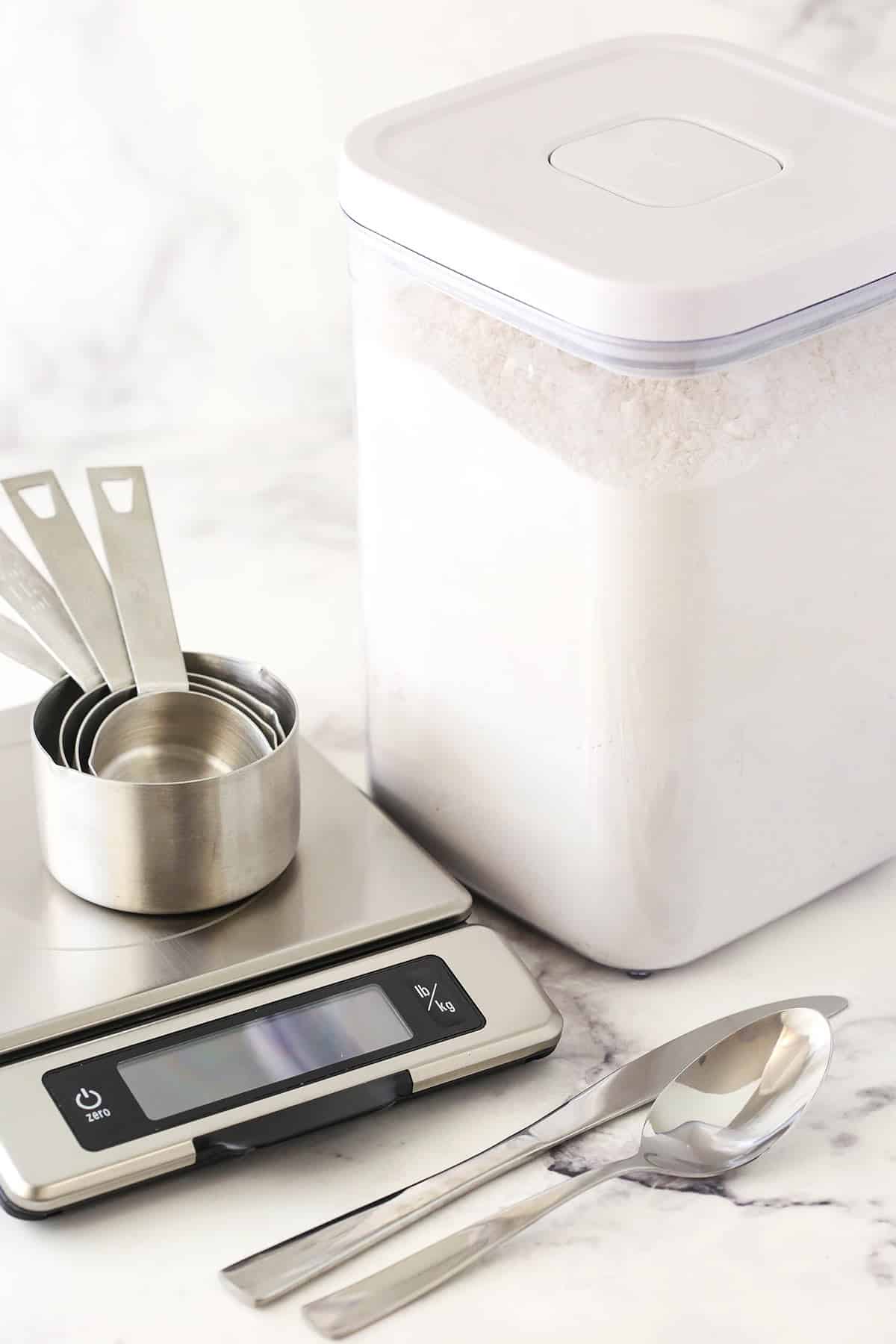
What’s Different About Measuring Flour?
Every baked good relies on properly measured ingredients to achieve a specific taste and texture. Measuring out those ingredients might seem like a no-brainer, but sometimes, there’s a bit more to it than the scoop of a measuring cup. Looks can be deceiving when it comes to one ingredient in particular – flour.
Unlike salt or granulated sugar, you can’t just scoop your measuring cup into a bag of flour and expect accurate results. Flour tends to pack into itself, so it’s super easy to over-measure it by mistake. Luckily, there are multiple ways to make sure you’re using the precise amount of flour that a recipe calls for.
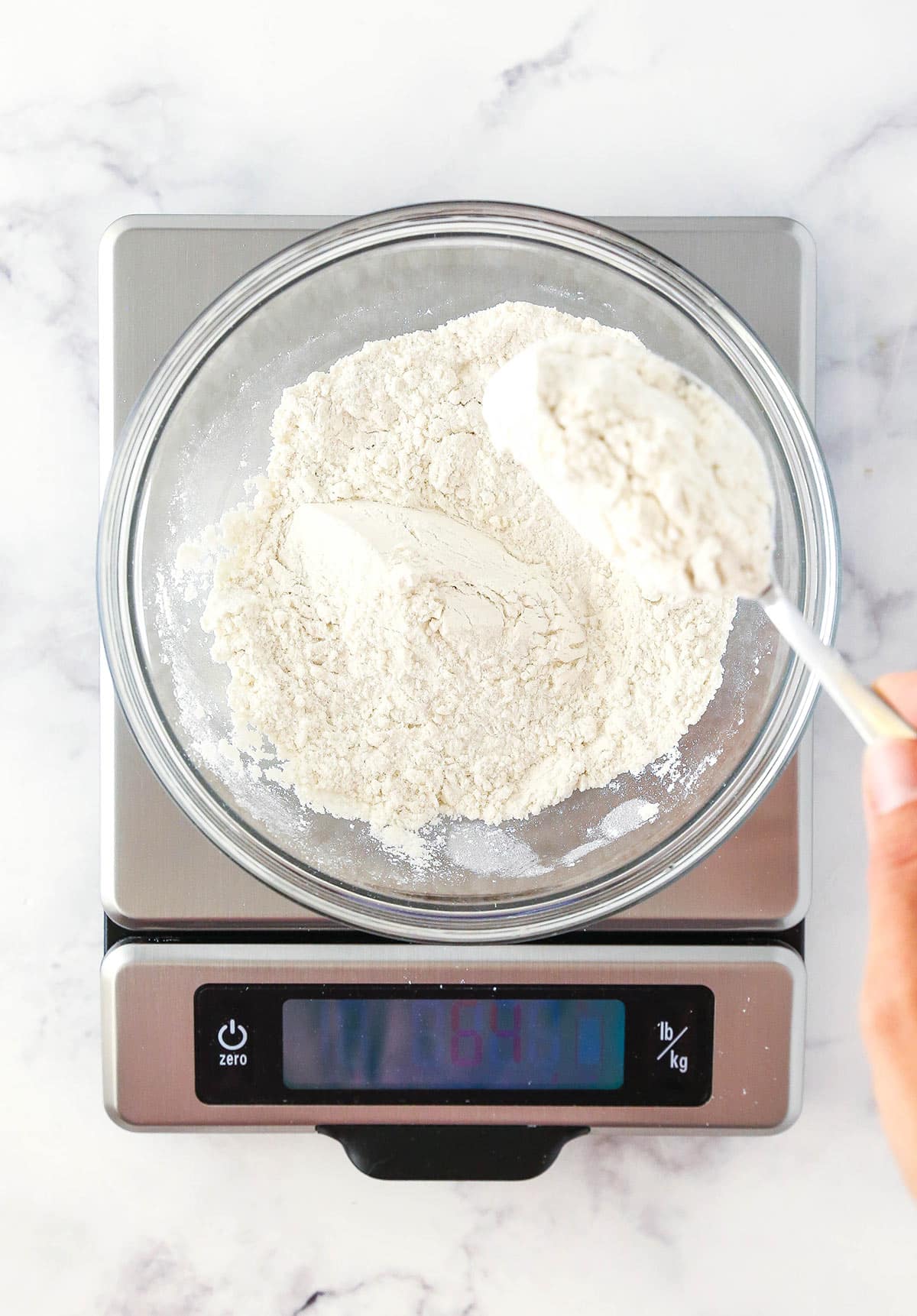
Use a Kitchen Scale for Guaranteed Accuracy
The best way to measure flour is by weighing it out with a food scale. This method makes it easy to get an exact measurement every time. Whether you purchase a fancier kitchen scale with nifty features or an inexpensive Amazon Basic, it’s more than worth the investment – especially if you’re a frequent baker.
How Much Does a Cup of Flour Weigh?
One cup of all-purpose flour should weigh 130 grams. Although the exact number is up for debate, I’ve always had success with 130. If you’re using another kind of flour, the weight will vary.

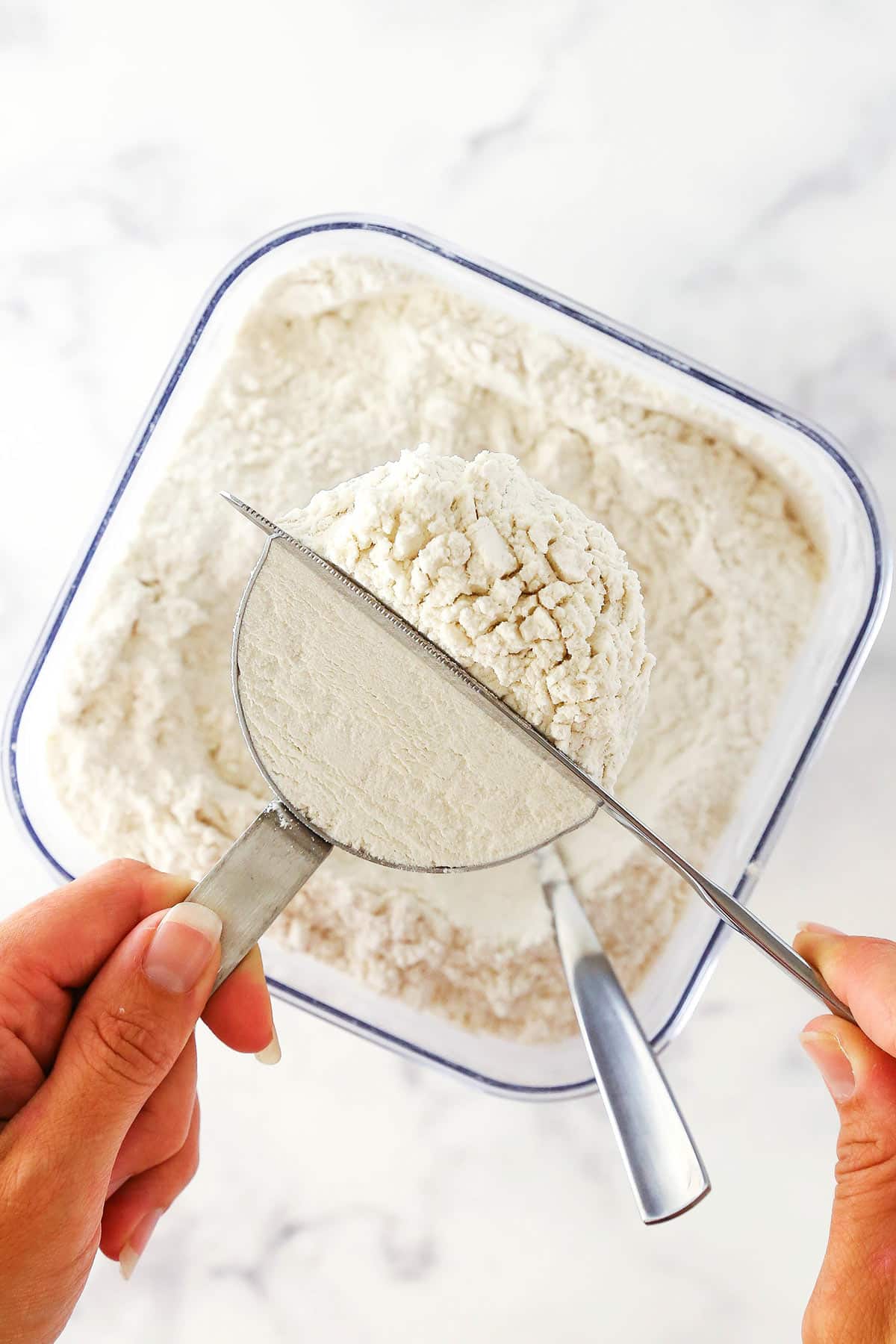
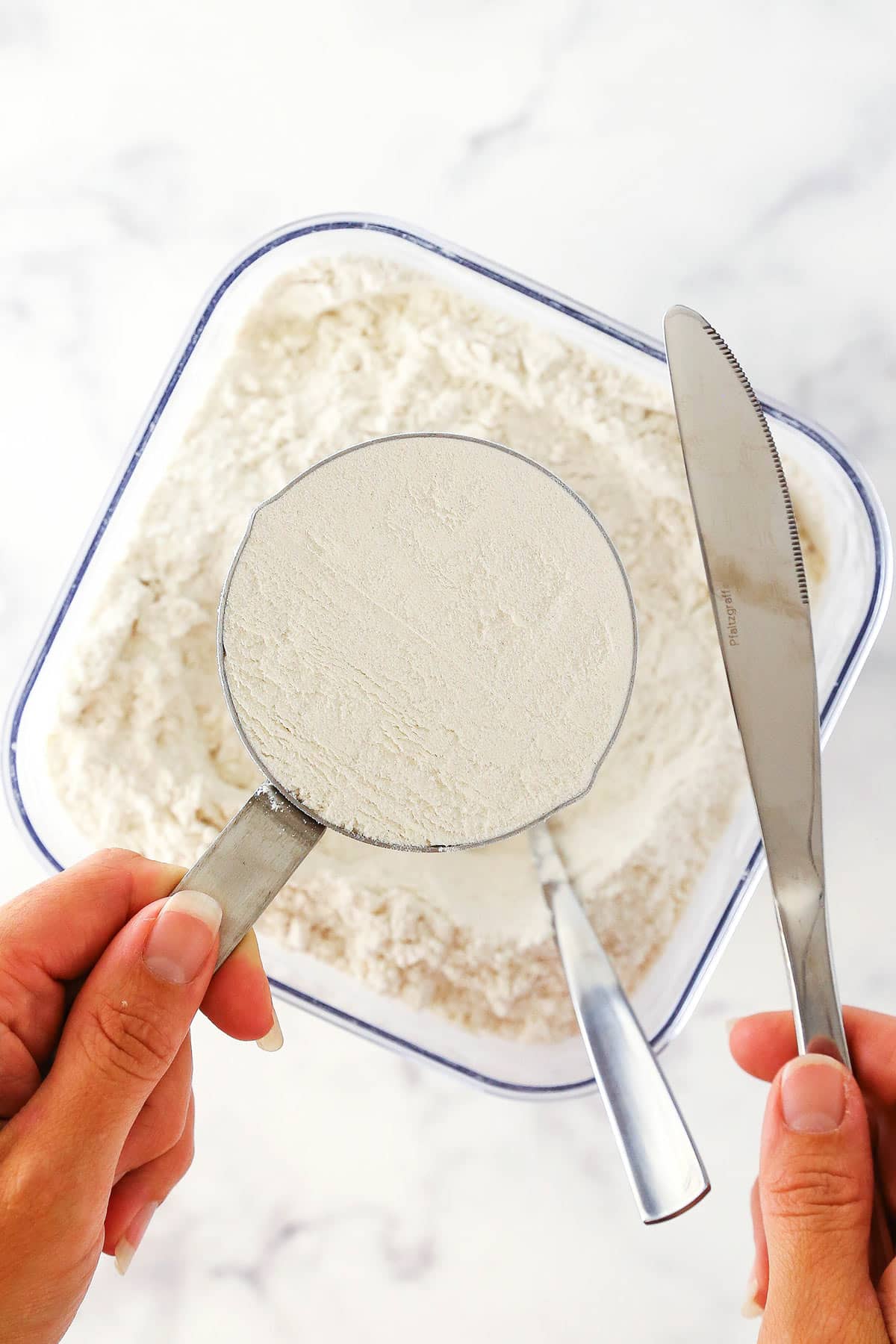
Measuring Flour Without a Scale
Since all measuring cups are slightly different, there’s a bit more room for error when you measure flour by volume rather than weight. But hope is not lost if you don’t have a food scale – with the right technique, you can get a pretty precise measurement on your own.
What Are the 3 Steps to Properly Measure Flour?
Whatever you do, resist the urge to dunk your measuring cup directly into that flour. Follow these foolproof instructions instead:
- Fluff It Up: Flour packs into itself as it sits in the pantry, so you’ll have to take your spoon and fluff it up before any scooping takes place. Do so by lifting up spoonfuls of flour and letting them fall back down loosely. If your recipe calls for a lot of flour, you’ll have to do this periodically.
- Spoon It In: Pick up spoonfuls of the fluffed-up flour and let them fall loosely into the measuring cup until it’s overflowing. Do not tap on the measuring cup or shake it around at any point – just let the flour fall right in.
- Level It Off: Once the cup is overflowing, scrape the blunt edge of a knife across the top to level it off. This will remove the excess flour without packing it into the cup.
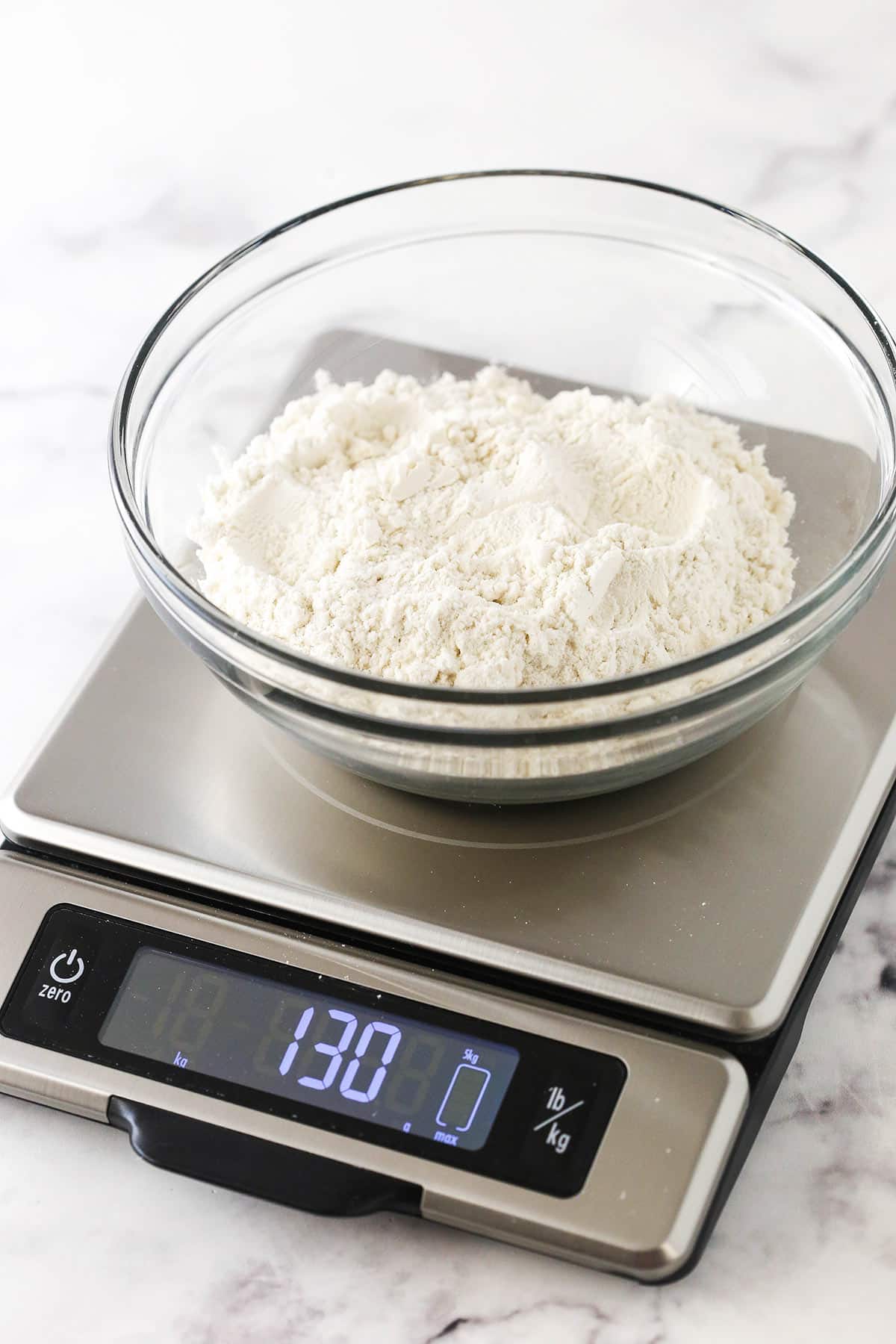
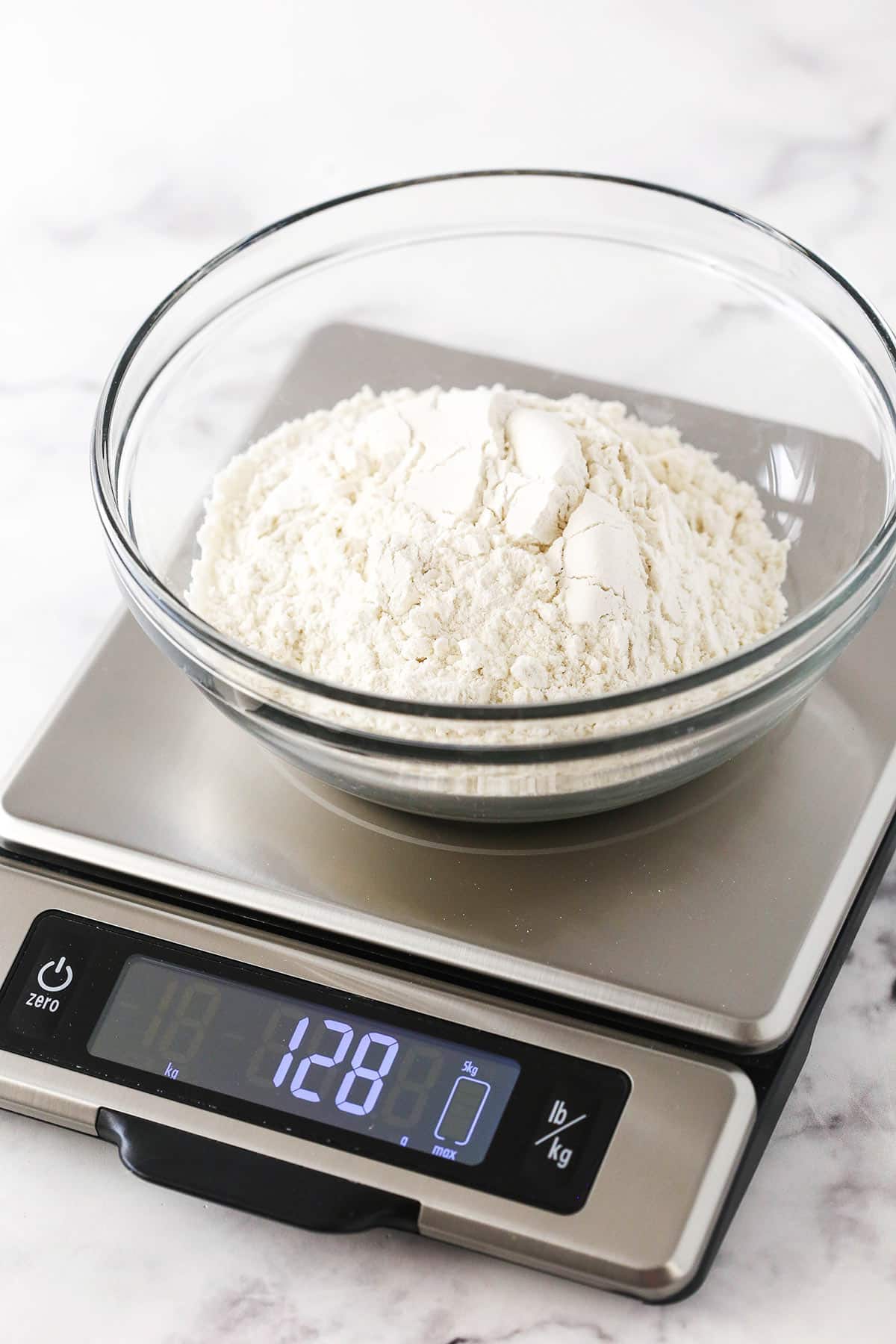

Comparing Methods
I decided to test the accuracy of my measurements depending on the method I used. Here are the results!
- Kitchen Scale Method: Needless to say, this technique left me with exactly 130 grams of flour.
- Spoon and Level Method: This method was almost as accurate. My cup of flour weighed 128 grams, which is definitely close enough to maintain the taste and texture of a baked good.
- Direct Scoop: When I dipped my measuring cup directly into the flour, I ended up with 143 grams. That’s an excess of 13 grams! Say your recipe calls for 3 cups of flour – you would end up with an extra 39 grams, which is more than ¼ cup of excess flour. This amount would prevent cookies from spreading and cause cake to come out dry.
Tips for Success
Now that we’ve covered the basics of measuring flour, let’s follow up with some additional tips and tricks.
- Different Flour, Same Deal: From cake flour to almond flour, all varieties have the same tendency to overpack. It’s important to use one of the proper measuring methods no matter what kind of flour you’re dealing with. Just make sure you know the weight associated with that specific type of flour if you’re measuring it with a food scale.
- Use the Right Kind of Measuring Cup: Wet ingredients are measured differently than dry ingredients, so don’t forget to double-check that you’re using the proper tools.
- Don’t Sift Unless Directed To: Sifted flour is pretty much the opposite of overpacked flour. If you sift the flour into your measuring cup when the recipe didn’t instruct you to do so, you’ll end up with way too little. This lack of flour would lead to a lack of structure in your baked good.
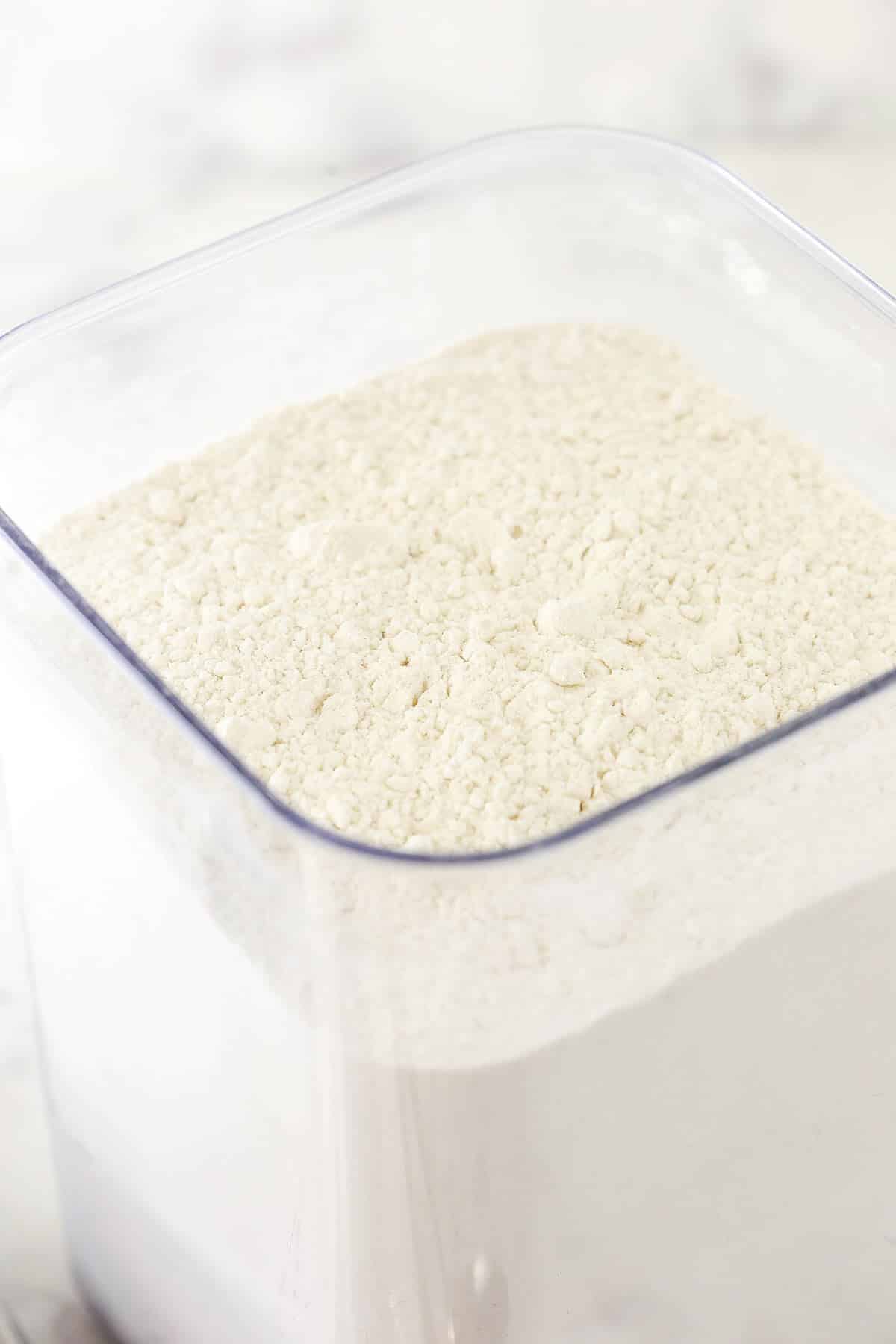
How to Keep Flour Fresh
Once you’ve opened the bag, transfer your flour to an airtight container so it stays nice and fresh. Alternatively, you can seal the opened bag of flour in a large resealable storage bag with all the air squeezed out. Properly stored flour will last for up to 8 months.
If you have to store it for longer, you can transfer it to the fridge for another 4 months. Make sure it doesn’t come into contact with any moisture, which could invite mold. If you’d like to store your flour for a whole extra year, you can keep it in the freezer instead. You’ll have to thaw it out completely before you use it.


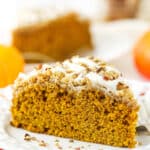
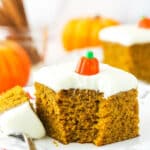



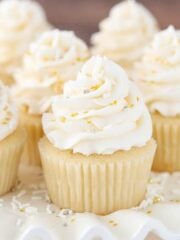

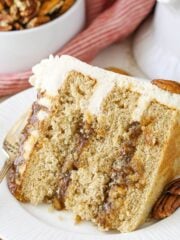
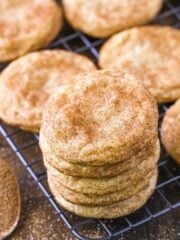
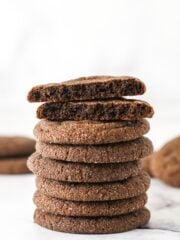
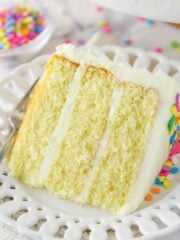










How many grams for a cup of sifted flour
One cup should weigh 130g.
Time was you ALWAYS sifted flour – something my mother insisted on. Oh the memories <3
Can I use cake flour for this cake recipe
Which cake?
I Love your recipes and your website. I especially love the fact that you include the grams along with the other measurements. I always weigh my flour, sugar and other ingredients when information is available. It not only helps to ensure that the item you are preparing turns out good but it also is so much faster. I do have one question about weighing the flour. All of the charts that I have say that 1 cup of flour is 120 grams. Your recipes call for 130 grams. I usually use King Arthur all purpose flour. Thanks!
I’m so glad you enjoy the recipes! When I started using grams to weigh my ingredients years ago, I looked at various charts and websites to find the standard measurements and found that there was a lot of variation. I started using 130g because that seemed to be the most common that I saw at the time and it matched well with what I actually measured. I feel like I actually see 125g to be pretty common now. But I have tried to maintain the same measurements throughout my recipes so that it’s not confusing for someone who uses my site regularly. I hope that helps!
Thank you soooo very much for this important info, as I’m just starting out on my culinary excursion I’m doin so with glee an happiness for the joy of learning!! This was a huge stickin point for me, this helps immensely thank you!!
I’m so glad it was helpful!
Hi! I’m loving your recipes!!! I was curious, which brand of all-purpose flour do you usually use? I tend to keep both King Arthur and also either Pillsbury or Gold Medal, and I know they bake up slightly differently, so I wanted to know which would be the most similar to yours for when I’m baking your recipes 🙂 Thank-you!!
I’m so glad to hear that! I actually test with both Publix brand and Gold Medal. I like to know my recipes work well with plenty of options.
Hi Lindsay, thanks for all your recipes…they are always delicious!!
You mentioned above that you should use the right measuring cook for dry or wet ingredients. I didn’t know there was a difference. What do you use? Thanks Lindsay
So these measuring cups are meant for liquid ingredients, whereas these measuring cups are meant for dry ingredients. I hope that helps!